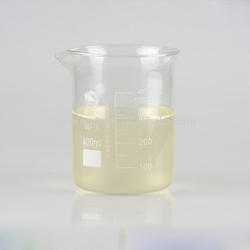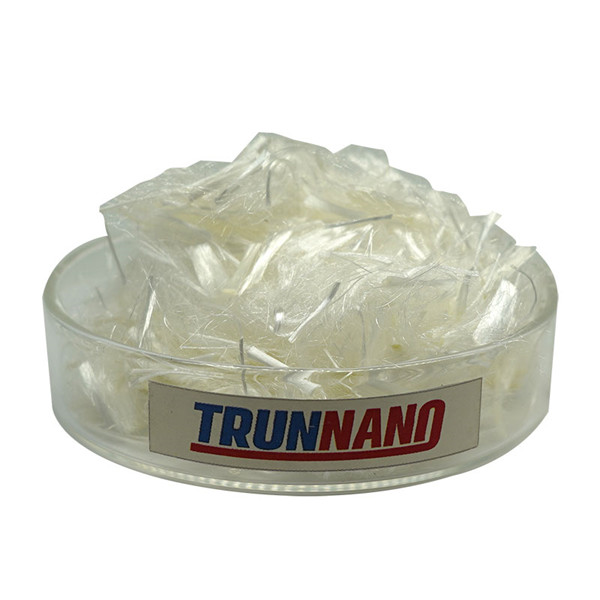Professional solutions on concrete addtives, Concrete Foaming Agent, Superplasticizer, CLC Blocks Additives, and foaming machine
(Foaming agent (Cellular Lightweight Concrete))
What is Cellular lightweight concrete
Cellular lightweight concrete (CLC), otherwise known as foamed concrete, is a cementitious lightweight material containing numerous evenly distributed air bubbles in the matrix, produced by mixing water with the cement, filler (sand), and at least 20% air bubbles from a foaming agent. The air bubbles produced in CLC usually serve as the coarse aggregate in the matrix since there is no coarse aggregate in CLC. This makes the concrete cheaper and greener since mineral gravel, which is very heavy and expensive, is not required. CLC has excellent thermal and acoustic insulating properties as a partition or masonry material in building walls, making it an energy-efficient construction material. CLC is an effective fire-resistant material (Othuman Mydin, Zamzani, & Abdul Ghani, 2020). It has been reported that at elevated temperatures, the incorporation of Cocos nucifera Linn into FC improves the mechanical and ductility performance of FRFC. Another interesting benefit of CLC is its production flexibility at variable densities and applications. It can be produced at a very low-density range from 250 kg/m3 to 600 kg/m3 (non-structural), mostly used as an insulating material and filler. Despite all these benefits associated with CLC, its greatest limitation is its weakness in tension. The airspace found in its matrix has very low compressive and flexural strength than normal concrete and mortar. Its compressive strength ranges from 1-25 MPa, depending on the target dry density. The flexural strength of CLC is normally ten times lower than its compressive strength, and therefore, there is a high tendency for flexural cracking to occur. Several researchers have reported that the incorporation of natural fibers into lightweight concrete materials helps to improve the flexibility and mechanical characteristics of composites due to their lightweight and embodied energy. Hence, the choice of natural fiber to improve the mechanical performance of CLC is justified.
Aluminum powder as pore-forming agents in lightweight geopolymer synthesis
Durability tests such as water absorption and shrinkage were conducted on each CLC composite inculcating these fibers, and the results were compared. Kenaf and OPF fibers were treated with a 0.1 mole NaOH solution before being added to CLC. Results indicated that despite the treatment, Kenaf and OPF absorb more water than synthetic fibers. In general, the addition of fiber improves the drying properties of the composites. A research effort conducted by Awang, Ahmad, and Al-Mulali (2015) compared the influence of kenaf fiber and polypropylene fiber in CLC. Kenaf fiber was subjected to 0.1 Mole NaOH treatment for 24 hours before being used in the FC composites. Results indicated an increase in compressive, splitting tensile, and flexural strength of both Kenaf and polypropylene fibers. In these two studies, an identical type of treatment was conducted without optimization of the NaOH solutions. Identified two major approaches to modifying the durability problem of plant-based natural fibers: material modifications and matrix modifications. The former modifications include coating and impregnation, chemical treatment, physical treatment, and mixed treatments. Meanwhile, the latter include simply accelerated carbonation and the addition of pozzolanas such as pulverized fuel ash (PFA), rice husk ash (RHA), and silica fume (SF). Chemical treatment of plant-based natural fibers is varied and includes, among others, peroxide treatment, saline emulsion treatment, and alkali treatment. Among all these chemical treatments, alkali treatment of plant-based fiber is the easiest, cheapest, and most common. Hence, for these reasons, from these surface treatment methods of fibers, this study intends to adopt an alkaline treatment of banana fiber for use in the CLC matrix. Hence, to overcome all the deficiencies identified above, this study intends to optimize the alkaline treatment of banana fiber-reinforced cellular lightweight concrete (BFRCLC).
Foaming agent (Cellular Lightweight Concrete)
Recent research reported using kenaf fiber subjected to a 12-hour treatment in a solution of 6% NaOH. Results indicated that alkaline treatment cleans the surface of kenaf fiber, thereby improving the surface adhesion. Recently, undertook an investigation comparing the performance of a hybrid fiber and a mono-type fiber reinforced with both synthetic and natural fiber. The synthetic fiber was polyvinyl alcohol, while the natural fiber was coir fiber. The coir fiber was treated with NaOH solution. Results from the study showed a significant improvement in the durability properties of treated hybrid fiber compared to mono-type fiber. In another study undertaken by oil palm empty fruit bunch (EFB), it was reported that 6%NaOH treatment of EFB fiber resulted in the optimum mechanical property of the NFRFC. A similar study was conducted using caustic soda solutions in the treatment of cocos Nucifera linen. It was reported that a 4.5% caustic soda concentration is optimum for improved mechanical performance.
Price of Cellular lightweight concrete
Cellular lightweight concrete particle size and purity will affect the product's Price, and the purchase volume can also affect the cost of Cellular lightweight concrete. A large amount of large amount will be lower. The Price of Cellular lightweight concrete is on our company's official website.
Cellular lightweight concrete supplier
If you are looking for high-quality Cellular lightweight concrete, please feel free to contact us and send an inquiry. (sales@cabr-concrete.com). We accept payment via Credit Card, T/T, West Union, and Paypal. TRUNNANO will ship the goods to customers overseas through FedEx, DHL, by air, or by sea.
(Foaming agent (Cellular Lightweight Concrete))






